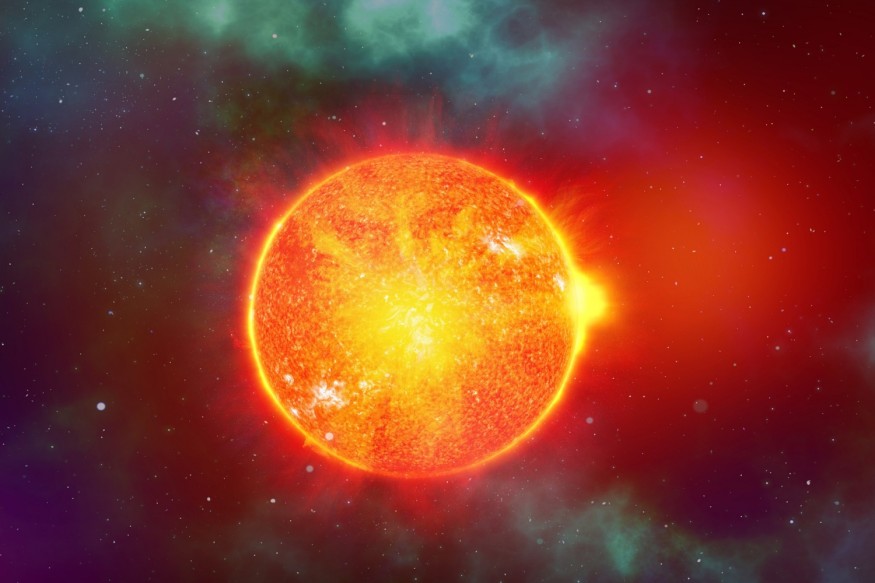A team of researchers from the University of Queensland has proposed tree ring data can help to predict when the next Miyake Event is likely to take place.

Disastrous Miyake Event
According to Interesting Engineering, the Carrington Event was the strongest geomagnetic storm yet observed by humans. The Miyake Event, according to astronomers, is the worst event currently occurring in the universe. Astronomers are widely thought to be nearly 12 times as intense, devastating, and powerful as the Carrington Event.
One of the authors and astrophysicists at UQ, Dr. Benjamin Pope, stated in the news release that the dominant theory is that these events are massive solar flares while describing the potential effects of a Miyake Event on human life. They need to learn more because if one of these occurred now, it would damage modern technology like transformers, internet connections, satellites, and long-distance power lines.
Tree Rings Predict Cosmic Bursts in Space
The amount of radioisotope C-14 in the atmosphere rises each time a solar storm happens. On Earth, extra C-14 flow through the air, water, and living things like plants and animals. The C-14 isotope from a solar flare filters through a tree, leaving its traces on tree rings, which serve as a record of the occurrence.
The researchers claim in the study, published in Proceedings of the Royal Society A: Mathematical Physical and Engineering Sciences, that in addition to revealing a tree's age, the rings also preserve yearly solar radiation records. So they created a model that may provide details about the carbon cycle taking place over a 10,000-year timeframe to forecast the next Miyake event. Additionally, they developed software to decipher the data collected on the tree rings.
Related Studies on Tree Rings' Relationship to Solar Flares
Researchers have been examining the C-14 isotope content of tree rings for a long time. For instance, a group of researchers from the University of Arizona discovered in 2014 that tree ring analysis could be used to understand various factors related to the earth's carbon cycles.
Another study last year examined the rings in trees from Finland, California, and Switzerland to highlight a recent solar radiation event for the journal Geophysical Research Letter. More of these studies from the 1990s exist, but what distinguishes the recent research is that it provides an estimated date for the next Miyake occurrence.
ALSO READ: Solar Flare Results In Geomagnetic Storm That May Cause Power Grid Disruption, Railway Collisions on Earth
How Close is Miyake to Happening?
Pope and his associates predict that a Miyake Event might occur within the next ten years. To be more accurate, there is just a 1% probability that we will be hit by one of these solar storms in the next 15-20 years. The recent analysis suggests that a Miyake doesn't happen as a single explosion, in contrast to earlier studies that thought of it as one big solar flare.
A Miyake Event is more like a cosmic explosion that may last weeks, months, or even years. They have demonstrated that they are not associated with sunspot activity, and some of them endure for one or two years, according to the study's first author, Qingyuan Zhang. Scientists might see more of an astronomical storm or eruption than a single instantaneous explosion or flare.
Researchers are unsure of the extent of potential harm that a Miyake Event could do to people on Earth, despite the fact that the existing findings are highly concerning. For this reason, they think the additional study is also necessary to comprehend the potential for upcoming Miyake Events fully.
RELATED ARTICLE: Solar Storm to Hit Earth Anytime Soon; Astronomers Implement New Model That Helps Solve Some Questions About the Sun
Check out more news and information on Space in Science Times.
© 2025 ScienceTimes.com All rights reserved. Do not reproduce without permission. The window to the world of Science Times.











